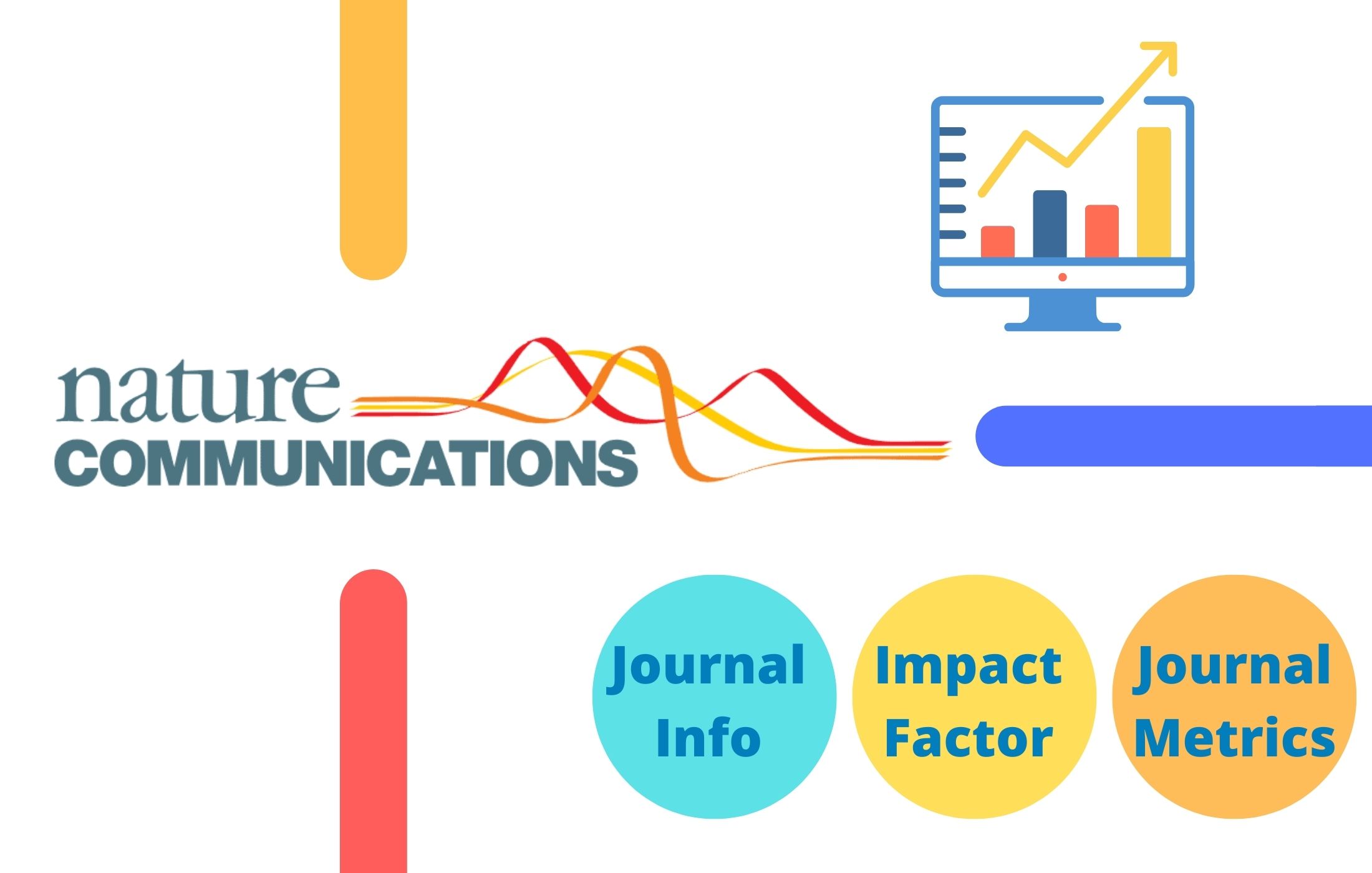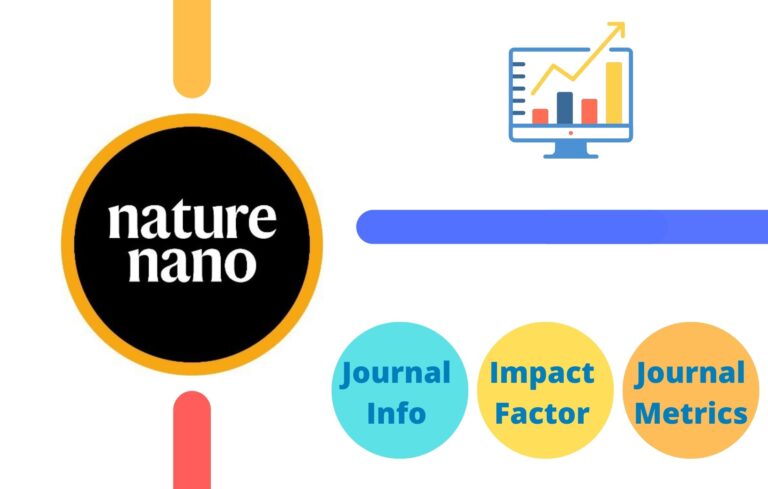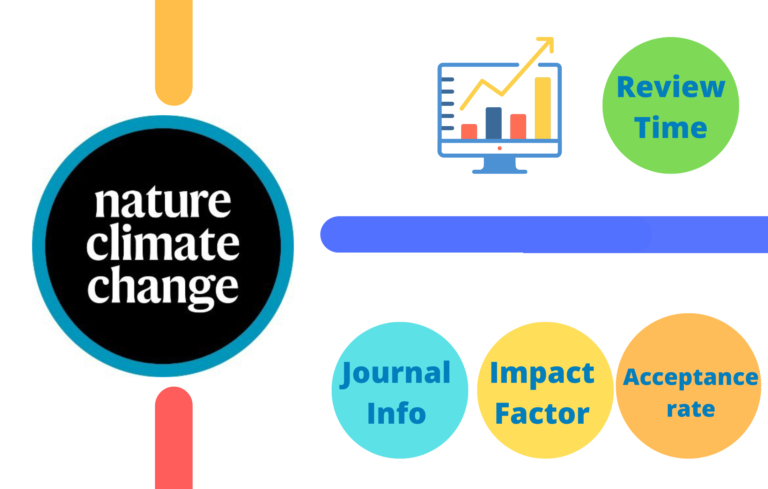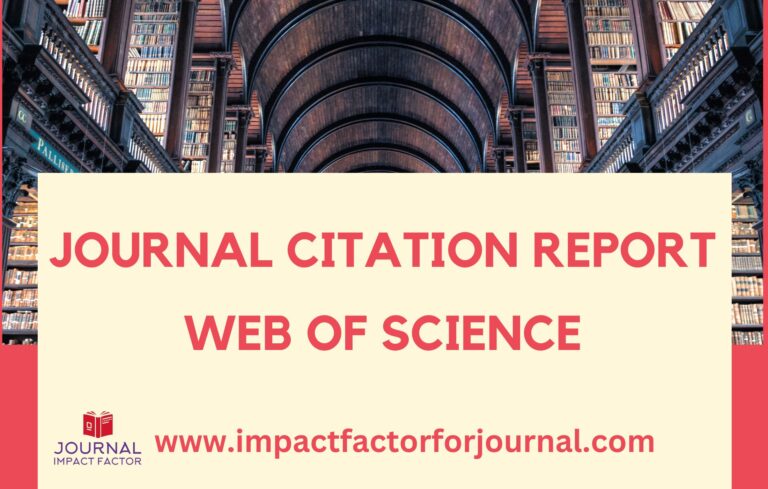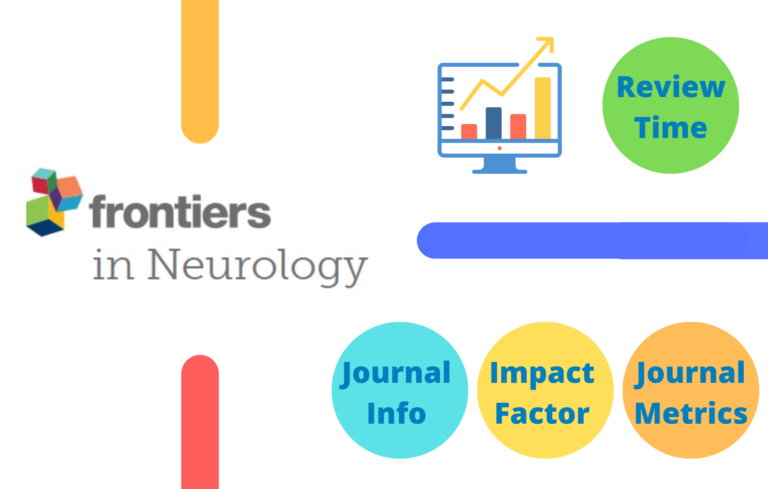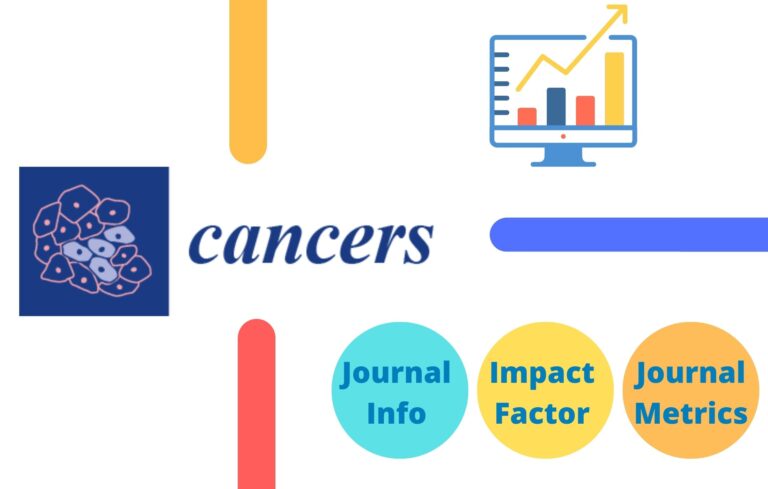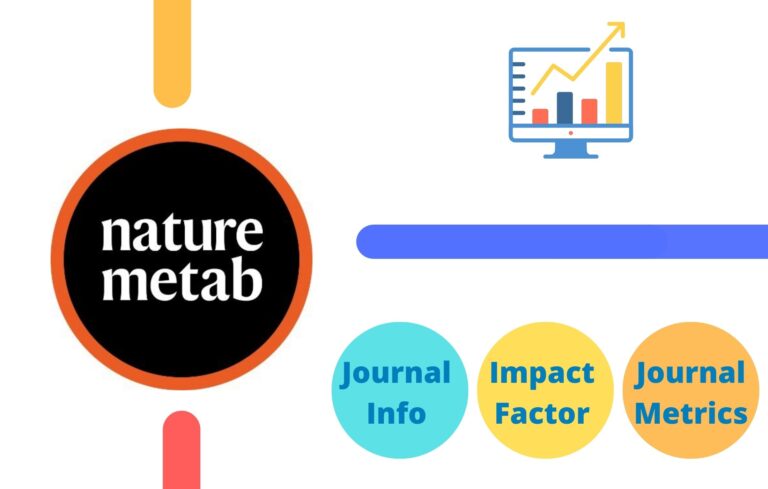Here in this post, apart from Nature Communications Impact Factor, I have tried to compile all the necessary information a research scholar would seek before publishing an article in the journal.
About Nature Communications Journal
Nature Communications is a peer-reviewed, open access, scientific journal published by Nature Research since 2010.
It is a multidisciplinary journal and it covers the natural sciences, including physics, chemistry, earth sciences, medicine, and biology.
Nature Communications Impact Factor
Impact Factor (IF) or often called journal impact factor (JIF) is an index provided by an analytics company named Clarivate. The impact factor is calculated by dividing the number of times the articles are cited in the last two years by the total number of publications in those two years.
- Total Citations in 2020 and 2021 = 500
- Total Number of Publications in 2020 and 2021 = 100
- Impact Factor of the Journal in 2022 = 500/100 = 5
Nature Communications Impact Factor (2017-2022)
- Nature Communications Impact Factor 2017 – 12.353
- Nature Communications Impact Factor 2018 – 11.878
- Nature Communications Impact Factor 2019 – 12.121
- Nature Communications Impact Factor 2020 – 14.919
- Nature Communications Impact Factor 2021 – 17.694
- Nature Communications Impact Factor 2021 – 16.6 (updated 29 June 2023)
Nature Communications Impact Factor 2022
Nature Communications H-index
The h index is a metric for evaluating the cumulative impact of an author’s scholarly output and performance; measures quantity with quality by comparing publications to citations.

The h index of Nature Communications Journal is 410, which means among all the published articles in this journal, 410 of these publications have received at least 410 citations each.
Nature Communications Journal Metrics
Nature Communications CiteScore
CiteScore (CS) of an academic journal is a measure reflecting the yearly average number of citations to recent articles published in that journal.
Nature Communications SCImago Rank
The SCImago Journal Rank (SJR) indicator is a measure of the scientific influence of scholarly journals that accounts for both the number of citations received by a journal and the importance or prestige of the journals where the citations come from.
| Year | SCImago Journal Rank (SJR) |
|---|---|
| 2018 | 5.992 |
| 2019 | 5.569 |
| 2020 | 5.559 |
| 2021 | 4.846 |
Nature Communications Editorial Board Members
- Chief Editor | Health and Clinical Sciences: Nathalie Le Bot
- Chief Editor | Biological Sciences: Stephane Larochelle
- Chief Editor | Chemistry and Biotechnology: Enda Bergin
- Chief Editor | Physics and Earth Sciences: Prabhjot Saini
Respective memebers from different fields can be found below
- Quantum, atomic, molecular, and optical physics
- Condensed matter physics and astronomy
- Applied physics
- Materials science and inorganic, nanoscale & physical chemistry
- Bio- and organic chemistry
- Energy materials
- Biochemistry and molecular biology
- Biotechnology
- Cell and developmental biology
- Cancer
- Translational & clinical research
- Microbiology and infectious diseases
- Immunology
- Neuroscience
- Human Behaviour
- Genetics, ecology and evolution
- Earth
Nature Communications Publication Fee
Nature Communications is an open-access journal. The publication fee for Nature Communications is £4290/$5890/€4890 in GBP/USD/EURO respectively (excluding taxes).
Nature Communications offer APC waivers and discounts for papers published in our fully open access journals whose corresponding authors are based in the world’s lowest-income countries (APC waivers and discounts policy for further information). Requests from other authors for APC waivers and discounts are considered on a case-by-case basis and may be granted in cases of financial need.
Nature Communications Review Time
Nature Communications prioritizes rapid publication and uses single-blind peer review, which is standard across Cell Press journals.
| Decision time immediate rejection | 10 days |
| Duration first review round | 1.9 mnths |
| Total handling time accepted manuscripts | 4.2 months |
Nature Communications Reference Style
Nature Communications, uses the standard Nature referencing style.
Printed journals
Schott, D. H., Collins, R. N. & Bretscher, A. Secretory vesicle transport velocity in living cells depends on the myosin V lever arm length. J. Cell Biol. 156, 35-39 (2002).
Online only
Bellin, D. L. et al. Electrochemical camera chip for simultaneous imaging of multiple metabolites in biofilms. Nat. Commun. 7, 10535; 10.1038/ncomms10535 (2016).
For papers with more than five authors include only the first author’s name followed by ‘et al.’.
Books:
Smith, J. Syntax of referencing in How to reference books (ed. Smith, S.) 180-181 (Macmillan, 2013).
Online material:
Babichev, S. A., Ries, J. & Lvovsky, A. I. Quantum scissors: teleportation of single-mode optical states by means of a nonlocal single photon. Preprint at https://arxiv.org/abs/quant-ph/0208066 (2002).
Manaster, J. Sloth squeak. Scientific American Blog Network http://blogs.scientificamerican.com/psi-vid/2014/04/09/sloth-squeak (2014).
Hao, Z., AghaKouchak, A., Nakhjiri, N. & Farahmand, A. Global integrated drought monitoring and prediction system (GIDMaPS) data sets. figshare https://doi.org/10.6084/m9.figshare.853801 (2014).
Nature Communications Endnote Style
You can download the Nature Communications Endnote Style and Nature Communications Zotero Style
Nature Communications Abbreviation
The ISO 4 standard abbreviation for abstracting, indexing and referencing purposes of Nature Communications is “NAT COMMUN.“
Nature Communications Acceptance Rate
The acceptance rate of a journal is the ratio of the number of articles submitted to the number of articles published.
The average acceptance rate of Nature Communications journal is 7.7%
Nature Communications Indexed in
Science is indexed in Scopus, SCImago, Web of Science, and UGC journal ranking



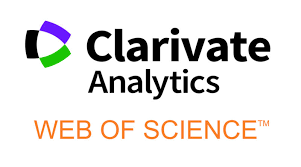
Read More
